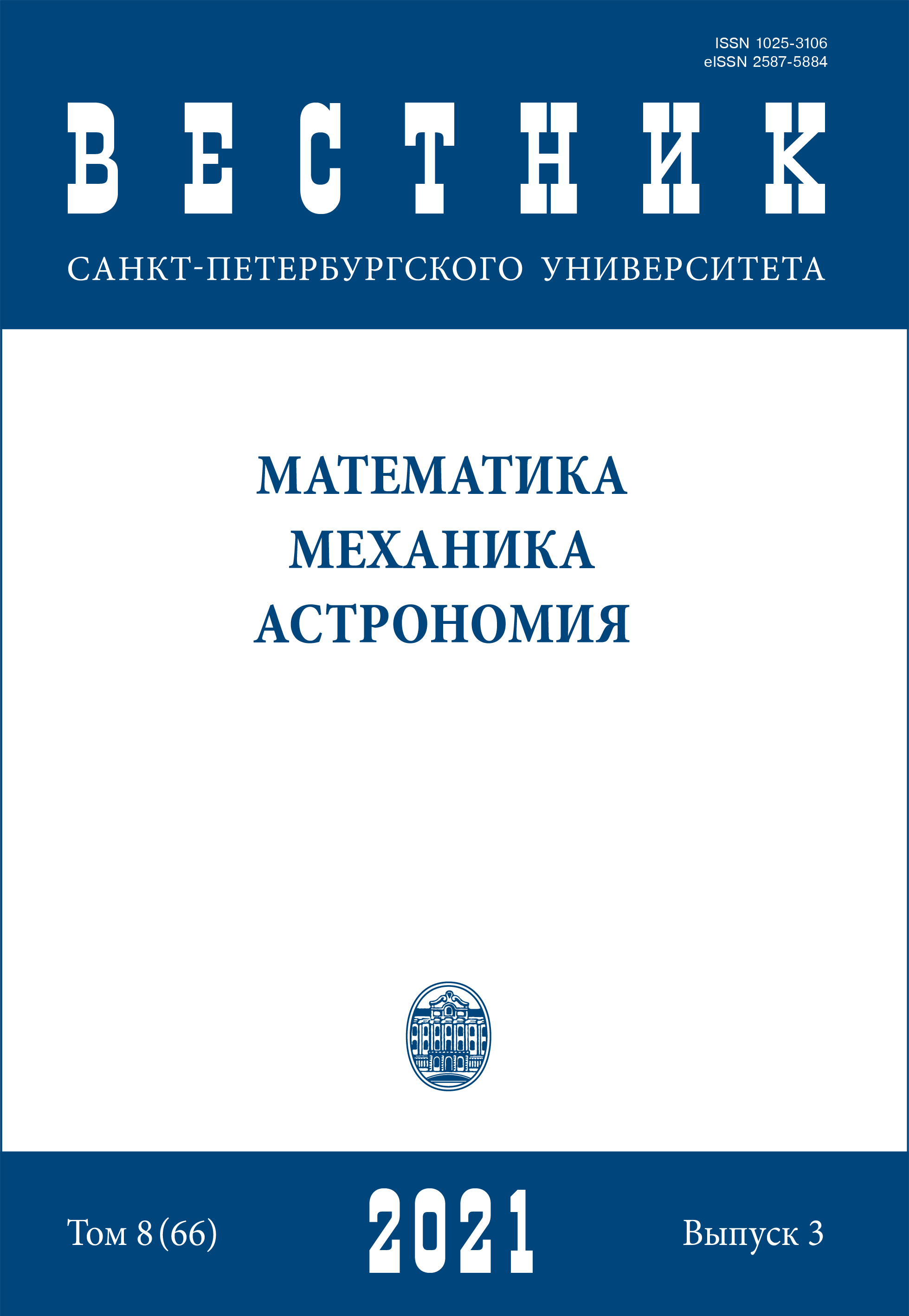On a question concerning D4-modules
DOI:
https://doi.org/10.21638/spbu01.2021.308Abstract
An R-module M is called a D4-module if ‘whenever M1 and M2 are direct summands of M with M1 + M2 = M and M1 ∼= M2, then M1 ∩ M2 is a direct summand of M’. Let M = ⊕i∈IMi be a direct sum of submodules Mi with Hom(Mi,Mj ) = 0 for distinct i, j ∈ I. We show that M is a D4-module if and only if for each i ∈ I the module Mi is a D4-module. This settles an open question concerning direct sums of D4-modules. Our approach is independent of the solution obtained by D’Este, Keskin T¨ut¨unc¨u and Tribak recently.
Keywords:
SIP-modules, D4-modules
Downloads
References
Литература/References
Downloads
Published
How to Cite
Issue
Section
License
Articles of "Vestnik of Saint Petersburg University. Mathematics. Mechanics. Astronomy" are open access distributed under the terms of the License Agreement with Saint Petersburg State University, which permits to the authors unrestricted distribution and self-archiving free of charge.




